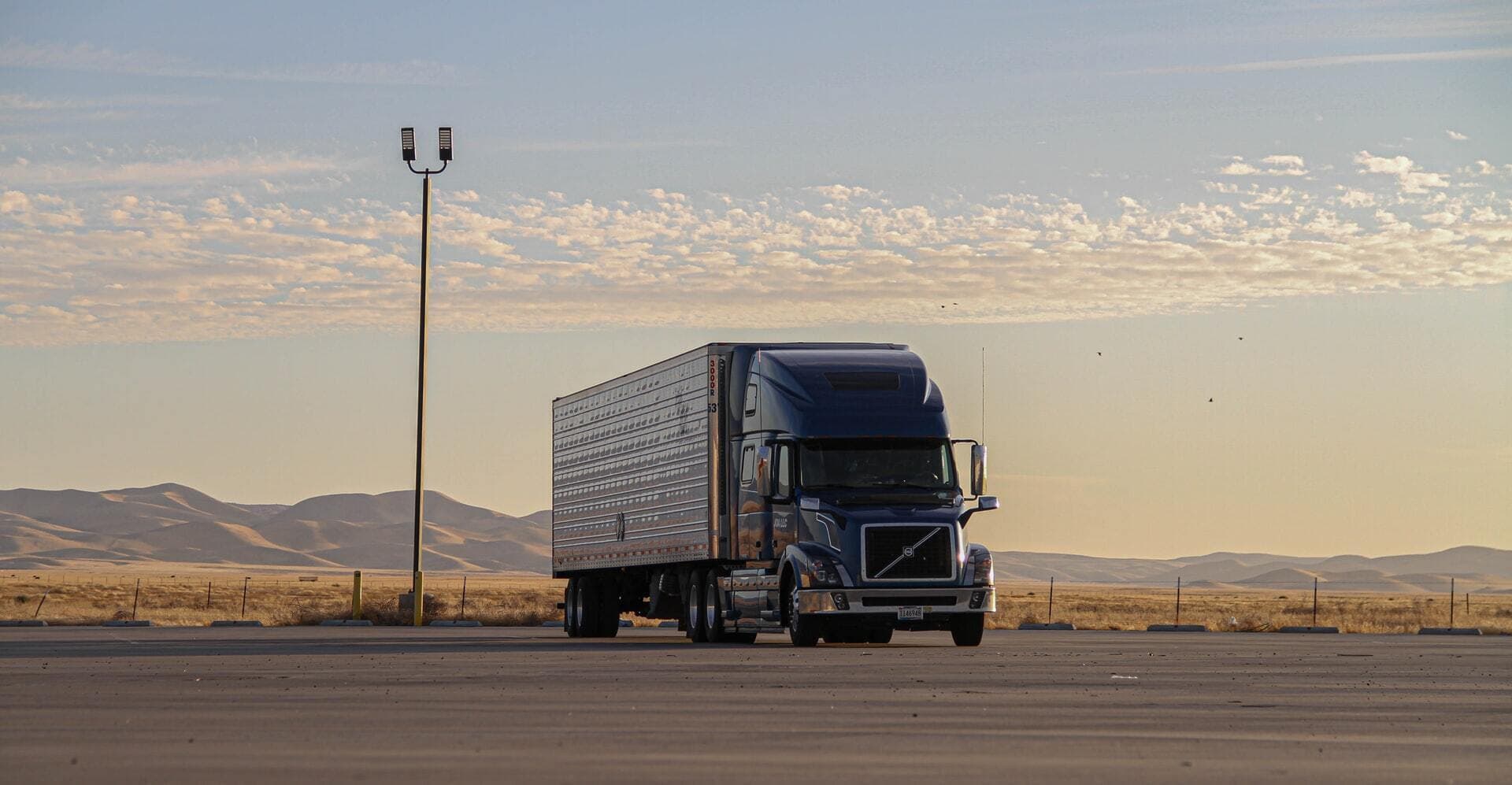
Truckers In The Driver's Seat
Seasoned truck drivers are leaving the profession in record numbers, and younger people aren’t stepping up despite high pay. Businesses will need sound retention strategies and a data-driven approach to stay competitive.
It seems you can’t pay an experienced trucker enough to stay on the job lately. Pre-COVID, an aging workforce disenchanted by low pay, long hours, no home life, and repetitive stress-related injuries was gradually retiring. As the pandemic closed businesses and sent most people home, the trend accelerated; many more took stimulus checks and never returned. In fact, the trend is so alarming that the American Trucking Association (ATA) has projected that retirements will lead to a 160,000-driver shortfall by 2030.
In today’s market of nearly 11 million unfilled jobs, trucking—with offers of apprenticeships, higher cents-per-mile (CPM) pay, $15,000 to $20,000 signing bonuses, and even offers to pay
off student loans—still hasn’t been enough to draw younger job seekers.
CPM is up by as much as a third: to $0.60 for solo drivers and $0.80 for team drivers depending on experience. The industry’s average annual wage is $66,000, and large private employers such as Walmart are guaranteeing weekly minimums or $100,000 annual salaries. US Census Bureau data shows that prevailing wages for comparable blue-collar jobs that also don’t require a college degree are in the $30,000 to $60,000 range—putting trucker pay over the high end of the scale. And yet, industry churn remains at a startling 90 to 120 percent, and replacing drivers is costly, averaging $10,000 to $20,000 to recruit and onboard one new driver. The ATA estimates that roughly 300,000 drivers are quitting the profession each year, with many not looking to return.
Clearly, total compensation is not the main issue, so what’s missing from this picture?
Our research reveals that driver job satisfaction and retention hinges on three interrelated aspects of the profession:
- A stable and predictable pay structure
- A more rewarding balance of work with personal or family time
- A day-to-day sense of being respected and valued in the job
Life behind the wheel
Drivers are typically paid for the loaded miles they drive, meaning that their weekly take-home pay fluctuates based on how they’re planned and dispatched in a given week. At the same time, their weekly expenses have typically been going up over time, but with little to no correlation to earnings. More slow weeks than busy ones over time, and drivers can fall behind financially—a trend that has become quite common.

Consistent pay is vital to retention, especially in a job seeker’s market; CPM levels in and of themselves aren’t a problem for drivers to the extent they can capitalize with miles. Companies can keep drivers happy without increasing CPM if they can minimize volatility in the way they use their drivers. By optimizing planning and filling in the utilization gaps with spot freight, companies can not only improve their freight network performance but also keep drivers happy—a clear win–win situation.
Given the number of driving hours a driver has each week, 2,300 revenue miles per week should be the minimum expectation, yet the industry average is in the 1,600 to 1,700 range because of the inefficiencies that drivers face on the road, most of which are caused by organizations lacking real-time data, visibility, and control. Bringing revenue miles above 2,300 would enable drivers to earn as much as 30 to 40 percent more per week.
That said, drivers also want to balance work with family and personal commitments. They are often on the road for two to three weeks at a time. Their life on the road is typically solitary, and they often miss holidays, birthdays, school programs, and other important life events with family and friends. Nothing upsets them more than missing personal obligations because of their companies’ inability to dispatch them according to their commitments and get them back home on time. Companies able to accommodate drivers’ personal lives and obligations in their planning and dispatch have consistently reduced driver churn by at least 30 percent.
Finally, drivers want fleet managers to help simplify life on the road as they navigate depot wait times, hours of service (HOS) compliance, weather, traffic, repairs, and fuel stops. Drivers want managers to plan routes around suitable parking and accommodations, and they want to be told in advance where their next load will be so they can plan their time without having to wait hours between loads for their next assignment. Efficient planning and proactive communication—letting drivers know that planning and dispatch are aware of their upcoming availability and are diligently working to secure a load—demonstrates a respect for the driver’s time and effort.
Investing in people
Driver retention solutions needn’t be too costly or complicated. Some companies’ rush to offer drivers higher CPM, guaranteed pay, or in-cabin amenities hasn’t necessarily moved the retention needle when broader working conditions go unaddressed. Our experience working with trucking companies through Kearney’s proprietary operational software engine, HOPTEK, reveals that drivers respond positively to less expensive fixes that also benefit the company. Specifically, better route planning and optimization to improve utilization get drivers where they need to be when they need to be there while also creating more transparency, visibility, and predictability in the daily schedule.
Done right, we’ve seen companies achieve exceptional driver retention results, with turnover rates lowered to a fifth of the industry average. In the process, they’ve also dramatically improved their bottom lines and their customer satisfaction levels. How do they get there? It begins with a shift in perspective and learning to see the driver not as an expendable resource but as a customer and a focal point.
The simple commercial reality is that, in today’s labor market, driver switching costs are low, and incentives are commonplace both within and outside the industry. Employers easily understand the costs associated with customer churn, acquisition, and management. The same principles apply for drivers. Small changes make a big difference; empathy is not costly.
Many fleets have undervalued the role of robust data in reducing driver churn through an improved work environment. Drivers are not one homogeneous group. The availability and leveraging of data allow for analytics to help fleets better understand the needs and pain points of their drivers. More specifically, it helps fleets identify attrition risk factors and the potential causes for turnover specific to each driver. Effective identification of these factors gives fleets the ability to design experiences that will help retain high-performing drivers and manage driver churn. Done right, the benefits of data analytics can extend beyond retention and can help fleets recruit drivers who are more likely to remain with the company for the long haul.
Incomplete or inaccurate data also limits network and trip visibility, frustrating drivers and operators alike. It’s in everyone’s interest to work from a single shared view of the network, assess the network implications of operational decisions, and continuously update dispatch as conditions change. Better data, with strategic use of digital trip-planning capabilities, make it possible to achieve some powerful benefits:
- Minimize deadhead hauls and dwell time.
- Ensure that gaps in velocity and revenue miles are filled by spot freight.
- Balance drivers’ needs for CPM revenue and personal time.
- Factor breaks, HOS rules, appointment windows, load and unload times, traffic, and refueling into estimated arrival times.
- Increase the utilization and return on assets.
Implementation within the industry, however, has been slow. Hesitations over cost, complexity, and disruption have unintended consequences in an industry skeptical of both technology and change, which is paralyzing innovation. At the same time, established innovative market players, particularly small and mid-size operators, see tech-focused venture and private equity-funded start-ups enter the market with soaring valuations based in part on stellar retention metrics.
Companies at the very beginning of a transformation needn’t take major disruptive steps from the outset. They can start small with platforms and modular solutions that can scale up over time, piloting and evaluating specific approaches as they go. Technologies are available that are passive in their operation at first, driven by user queries or prompts, but can later become active as needed to make recommendations as they find patterns and insights in the data. Finally, bolt-on modules to the legacy transportation management system can meet the fleet where they are, transforming from the current state without any alterations to the transportation management systems or the operation.
The nationwide crisis of truck driver shortages is chronic and persistent, but there is real potential to address the root causes with driver and employer interests generally aligned. Gains in utilization and velocity, more profitable routes, practical insights into network operations, and accurate, real-time arrival updates for customers are all by-products of an efficient, data-driven network. And all contribute to more stable revenue miles, a better work–life balance, and a frictionless work environment. The result is a higher-performing organization and a network that is more attractive to drivers and augments overall retention goals.
Technologies such ours can help any fleet with a transportation or fleet management system, developed within the past 30 years, unlock these opportunities by leveraging readily available data. Now is the time for companies to seize the opportunity this crisis presents to gain a competitive advantage for years to come.

Light at the end of the tunnel




